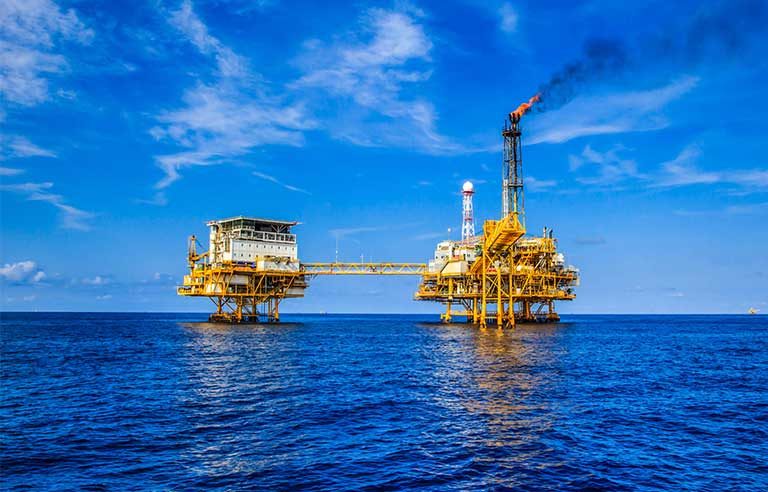More than a decade after Deepwater Horizon, report looks at offshore oil safety

Washington — A new report concludes that offshore oil and gas operations have become safer since the 2010 Deepwater Horizon disaster, but it finds “little evidence” that the industry is working together on improving safety culture.
The National Academies of Science, Engineering, and Medicine recently analyzed developments since the explosion and fire that killed 11 workers and injured dozens more on the oil rig in the Gulf of Mexico.
The report highlights several industry improvements stemming from the incident. They include the Department of the Interior establishing the Bureau of Safety and Environmental Enforcement, mandating safety and environmental management system programs in offshore operations, easing access to safety data, and establishing the Center for Offshore Safety.
Still, “an industrywide emphasis on strengthening a culture that supports safety and guidance for all operators and contractors … is not apparent,” the report states. For example, BSEE can only require that operators implement safety and environmental management system programs; the agency can’t enforce the systems on contractors, who “carry out 80% or more of the work done offshore.”
In addition, not every operator or contractor participates in SafeOCS – a near-miss reporting system designed to improve the safety of industry operations.
NASEM acknowledges that fully assessing industry management of systemic risk remains difficult because not all safety performance measures were fully developed.
The report suggests that advancing technology in the industry may help mitigate systemic risk. However, findings show that despite positive strides in technology overall, the industry still shows “relatively little progress” in the fields of real-time monitoring, automation and the use of operational data – “specifically to reduce systemic risk” via improved safety information, management and decision-making.
“The government has made important regulatory reforms, and the offshore oil and gas industry has in turn taken significant strides in accounting for and reducing systemic risk,” Richard Sears, report committee chair and adjunct professor in the Stanford University Department of Energy Science and Engineering, said in a press release. “But systemic risk embodies everything, from C-suite priorities and the culture of a team on a rig to hardware and physical inspections – the safety and integrity of that system is only as strong as its weakest link.”
Post a comment to this article
Safety+Health welcomes comments that promote respectful dialogue. Please stay on topic. Comments that contain personal attacks, profanity or abusive language – or those aggressively promoting products or services – will be removed. We reserve the right to determine which comments violate our comment policy. (Anonymous comments are welcome; merely skip the “name” field in the comment box. An email address is required but will not be included with your comment.)

